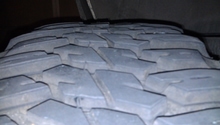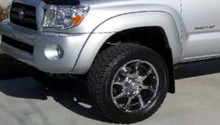Toyota 4Runner 1984-2002: Why Does My Car Shake at Freeway Speeds?
Learn how to properly diagnose why your 4Runner is shaking at highway speeds. Find out what the next best step is to get your vehicle back on track.
This article applies to the Toyota 4Runner (1984-2002).
You merge onto the highway and begin to accelerate. Your car slowly approaches the speed of around 60 or 70 MPH, and suddenly your car is shaking like a wooden roller coaster. There are a few reasons for this occurrence, and we will cover them all. This issue can be diagnosed and addressed pretty smoothly if you check out the following possibilities.
Materials Needed
- Jack
- Jack stands
- Ratchet and sockets
Check the Tires
Ensure that your tires have been properly balanced. You should see small metal weights that vary in size, attached to the rims. Also make sure that your tires are in good condition and do not have excessive or uneven wear. If you identify any of these issues, consider having your tires properly balanced by a professional or consider replacing them altogether. If your tires are balanced and in good condition, then move on to the next step.

Inspect Rims
Inspect your rims and look for any sort of distortion along the edges. If the rim or tire is inconsistent in one spot compared to the the rest, you have a problem. This is referred to as wheel runout and should be addressed by replacing the component that is damaged or inconsistent. Look for any sort of damage to the rim and on the spokes as well.
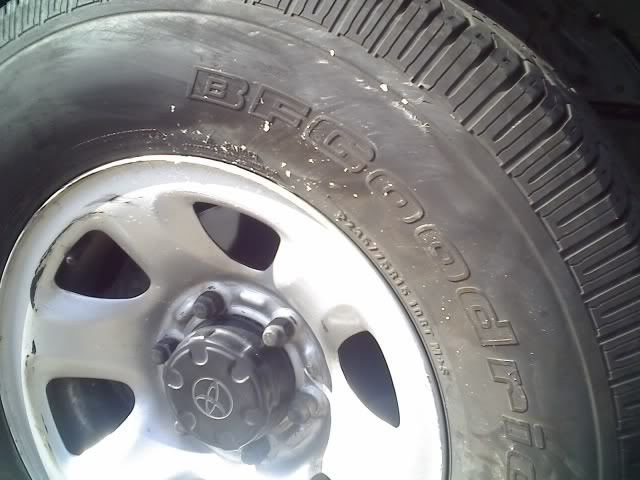
Check Wheel Mounting
With your car safely sitting on jack stands, grab the wheel with two hands and wiggle it to see if there is any play. If the wheel feels loose or seems to not be mounted properly then remove the wheel to further inspect. Take a look at the two surfaces that are making contact between the back of the rim and the hub. Make sure this area is clean of all debris. Check the condition of the lug nuts and the studs and ensure that the threading is not damaged in any way.
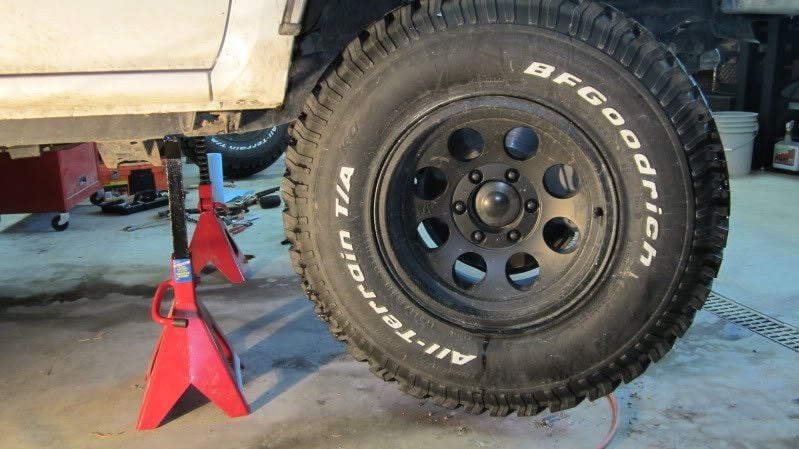
Inspect Suspension and Steering Components
Just behind the rotor, you will see the suspension of the vehicle. Inspect the components for any obvious signs of damage or excessive wear. Also, inspect the steering components that sit behind the suspension. It may be difficult to identify these types of problems on your own, and you may want to consult your mechanic.

Get an Alignment
An improperly aligned vehicle can lead to shaking at certain speeds. If your vehicle has not been properly aligned, then consider taking it to your local auto shop and having a professional alignment performed. Proper alignment is important to prevent some of these other issues from occurring. This is not a fix-all though; if any of the previously mentioned issues are prevalent, then this will not correct the problem entirely.
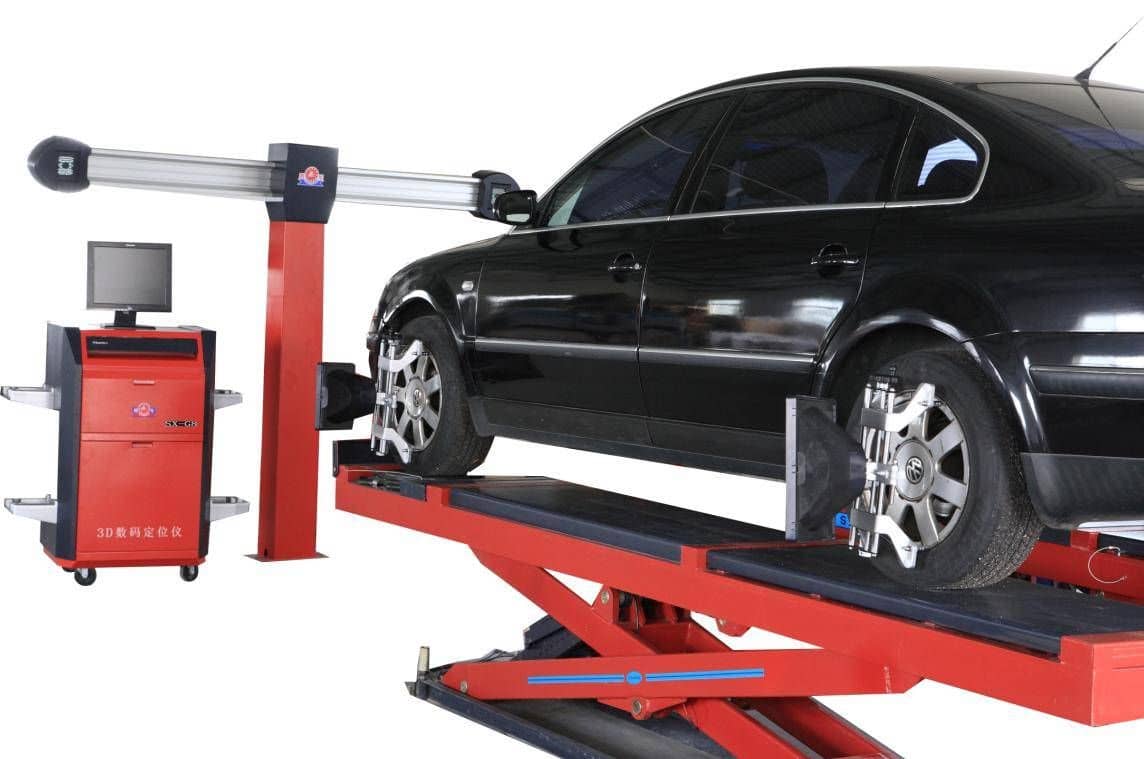
Related Discussions
- 4Runner Shakes at Freeway Speeds - Yotatech.com
- 99 4Runner Shaking - Yotatech.com

